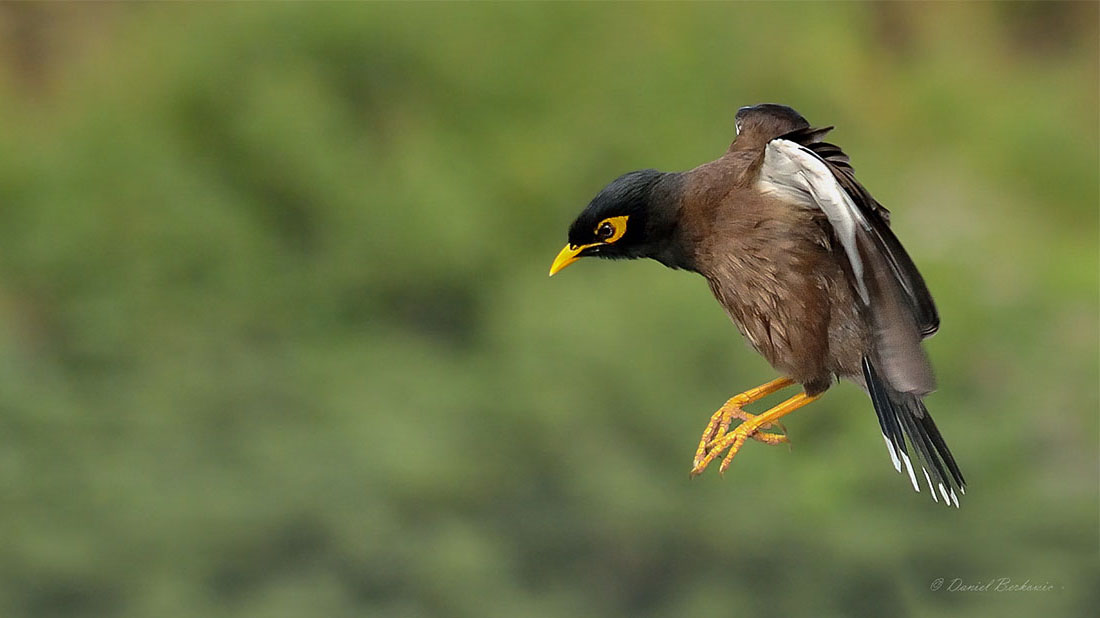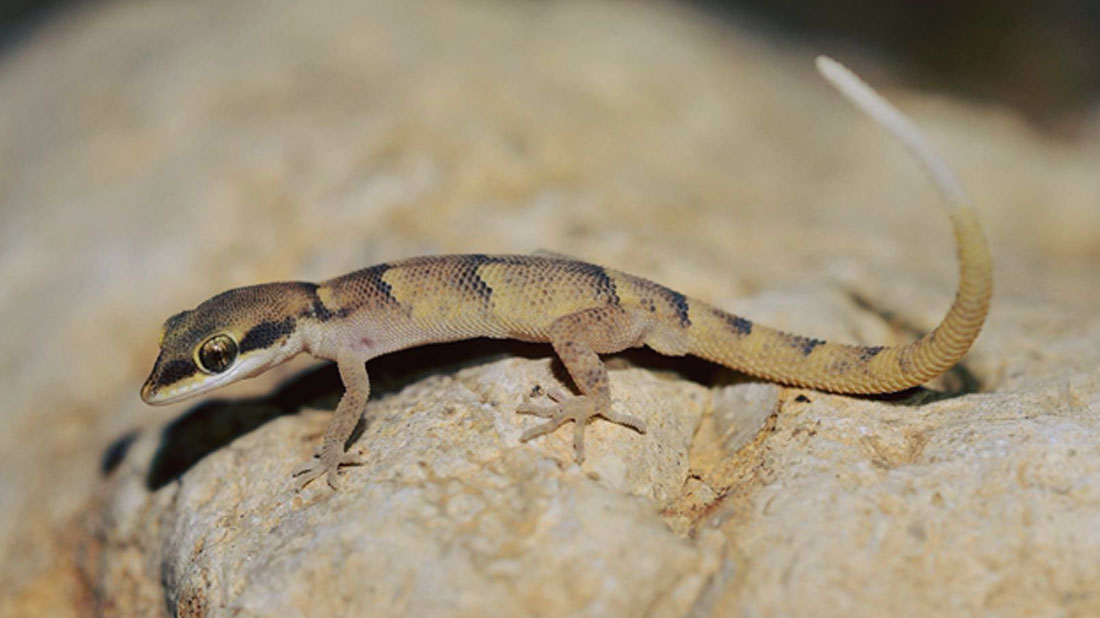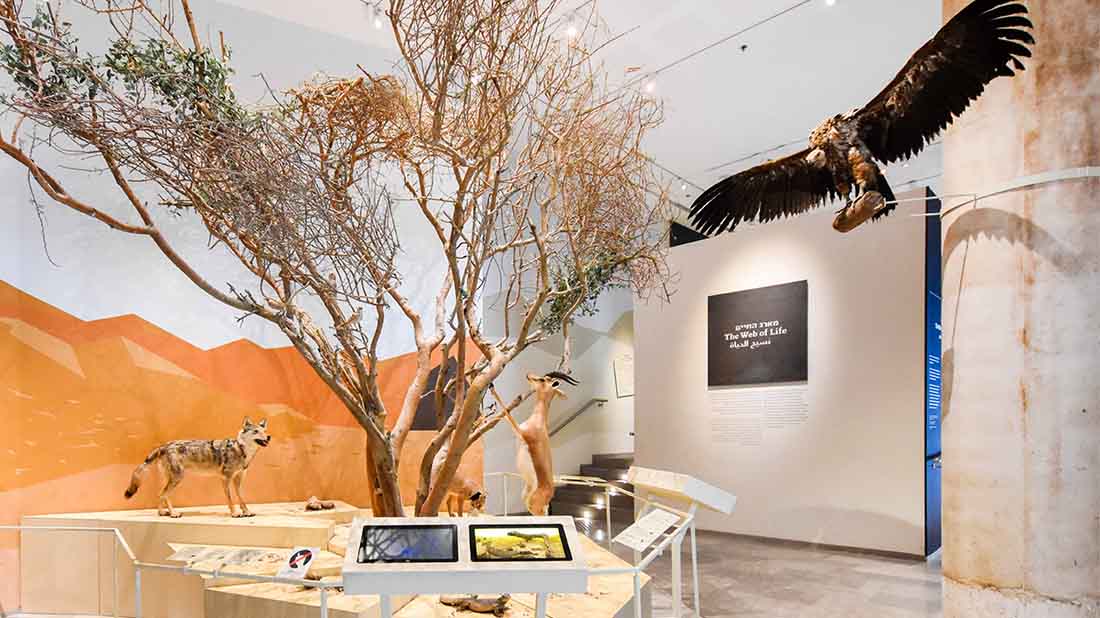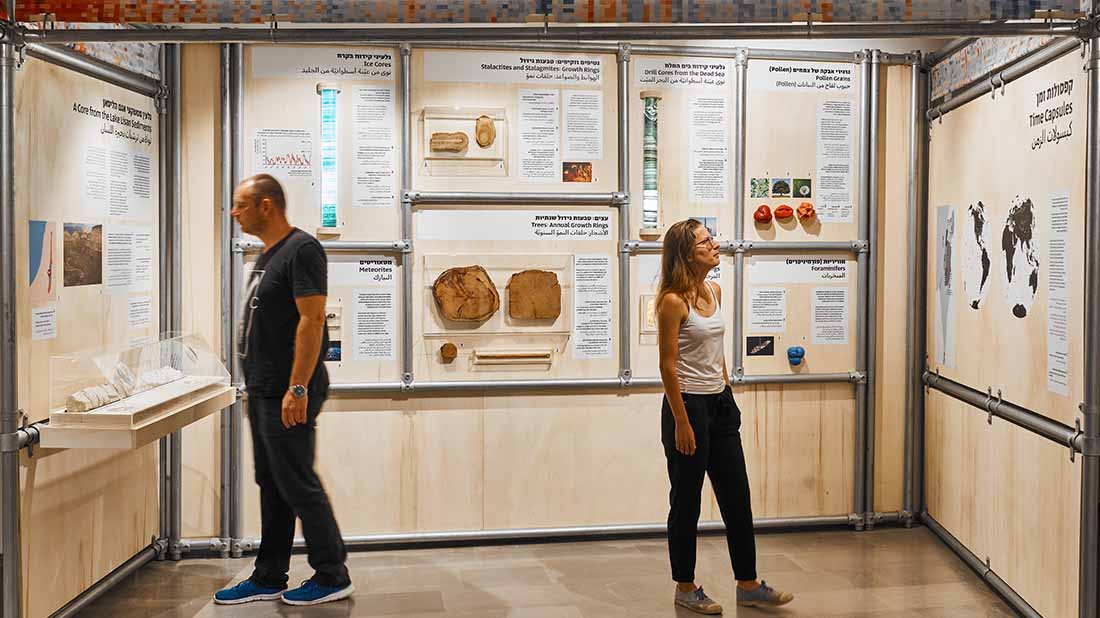From eucalyptus and wood sorrel to the myna and fire ant: how does a species become invasive (hint: it’s related to humans), what are the dangers and how can we prevent it? Daniel Berkowitz, manager of the bird collection (eggs and nests) at the Steinhardt Museum, explains
In 1867, a British hunting enthusiast living in Australia asked his cousin, a well-intentioned aristocrat, to send him some rabbit kittens so that he could continue to pursue his beloved hobby in Australia. There’s no place like home…the rabbit shipment made its way to Brown Park near Winchelsea, Victoria, and the rabbits were released to nature. With no natural predator, the rabbits reproduced during the next few years up to the point of a population explosion. They decimated the local vegetation unique to southern Australia, resulting in a lack of food for the local marsupials.
All attempts to halt the rabbits’ reproduction by hunting failed. The state of nature deteriorated so much that in 1901 it was decided to build the longest separation fence ever built against an invasive species. The effectiveness of the fence remained relatively high until the 1950s, when newer, more effective methods were found to deal with the phenomenon.
The rabbits in Australia are perhaps an extreme example, but there are countless examples of many other species that reached a new environment due to human activity, established themselves, and spread undisturbed. We call these species invasive species. In general, from the moment we discover an invasive species until the moment we begin acting to eradicate it from the area, it’s already too late: it’s here displacing local species and causing ecological damage to some extent or another.
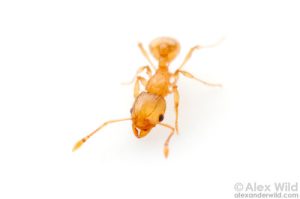
The little fire ant. Photo by Alex Wild
In many cases invasive species also have an impact on man-made systems, damaging our heath and the economy, mainly the agricultural sector, but other sectors are also affected. The annual damage to the world economy caused by invasive species is currently estimated at US$1.4 billion; this is expected to increase in the future with accelerated climate change.
And here in Israel? We also have several invasive species. Currently, we know of 29 species of freshwater fish, 18 species of birds, 40 species of snails, over 200 species of insects and at least 166 species of plants that have established in nature in Israel. Moreover, 250 species have migrated from the Red Sea to the Mediterranean Sea (Lessepsian migrants) since the construction of the Suez Canal, including 69 species of fish. Is this concerning? Wait until you read what some of them are capable of.
The Innocent Invaders
Some invasive species look “innocent”, and have even been assimilated into our culture and childhood experiences. One example is wood sorrel (Oxalis). Yes, the same plant we ate when we were children, that our children also eat, and which we (or at least I) were told grows in places where the neighbor’s dog does his stuff (so maybe it’s not a good idea to eat it), is in fact an invasive species. As such, we can now find wood sorrel in Mediterranean woodland, where it competes with local species over resources and habitats. Another example is the Eucalyptus trees that were imported to Israel to drain the swamps, and were later used for generations as ornamental plants. Eucalyptus trees have taken over large swathes of forest, and if we examine the diversity of plant species growing beneath them we’ll find that it’s very poor compared to the habitats beneath local tree species. Vegetation in general, and trees in particular, have a great impact on the ecosystem in which they grow; several other trees have also established in Israel and changed its appearance, including chinaberry, sacred fig, rosewood and others.
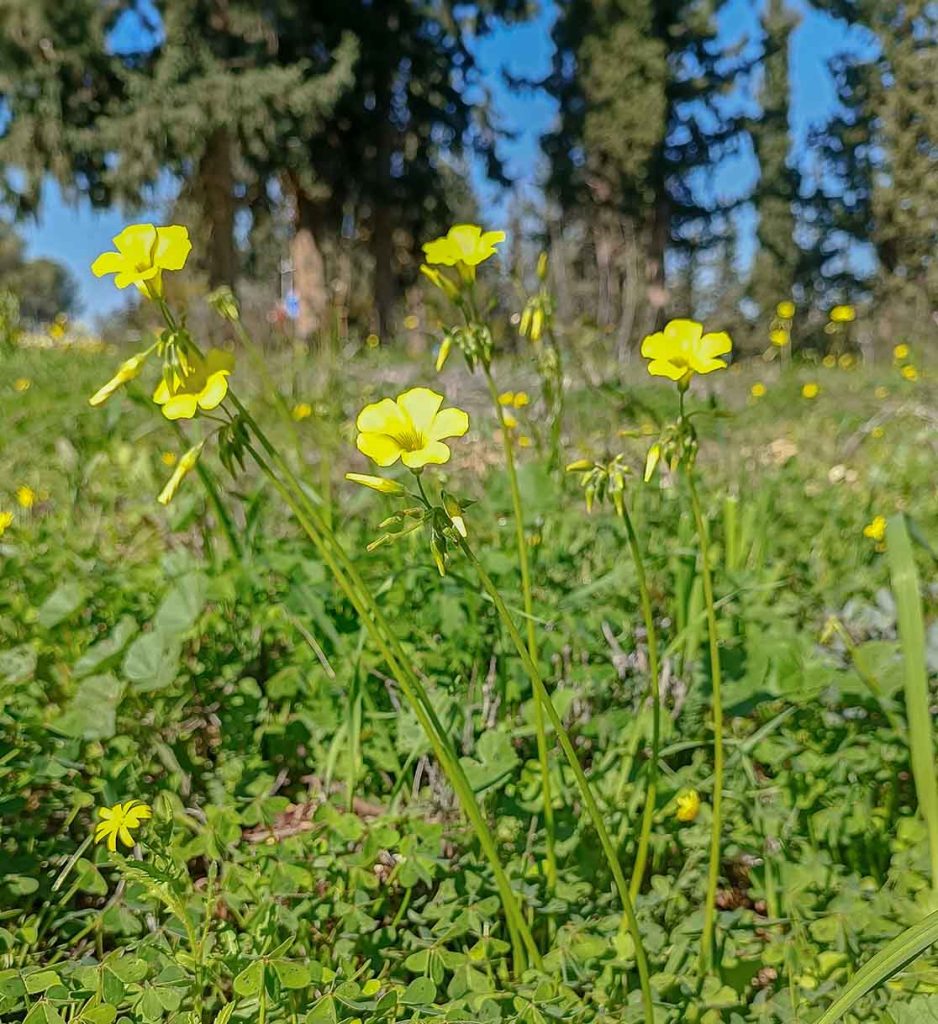
Wood sorrel in woodland in the Galilee, photo: Daniel Berkowitz
Raging Fire
One of the most prominent traits of invasive species is their aggression towards local competitors. A good example of this is the little fire ant (Wasmannia auropunctata), which has been declared one of the 100 of the World’s Worst Invasive Alien Species. This is a very small ant, only 1.5–4.5 mm in length, whose bite hurts and stings like a fire burn.
Currently, there is almost no place in the country that hasn’t been infected by the little fire ant. How did it reach us? There are two versions. One claims that in the late 1990s the ants reached southern Israel in a shipment of wooden planks. The other one claims that backpackers returning from Brazil brought it by accident in their travel packs. It doesn’t matter which of these explanations is correct, the fact is that this species has established itself in gardens throughout the country, via infected pot plants bought at nurseries! The little fire ant is an omnivore, eating absolutely everything! From fledglings to grasshoppers and spiders! Its tiny size stands in complete contrast to its ability to wipe out the entire range of food in places where it is locally overabundant. From the moment its population explodes it builds new nests at an alarming rate. Usually, within a few years after the ant reaches a new location, it’s possible to see how it wipes out the entire range of arthropods living in its surroundings and impacts the entire local food chain.
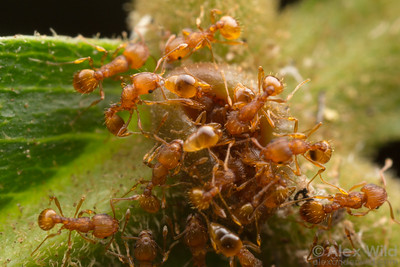
The little fire ant. Photo by Alex Wild
Aggressive and Spectacularly Beautiful
Some invasive species, such as wood sorrel and the fire ant, are brought to Israel by accident, but some species, like the Eucalyptus trees, were brought here intentionally. Another species that was brought to Israel intentionally and became an invasive species is the common myna (Acridotheres tristis), now distributed throughout the country. This is a medium-size song bird with a beautiful voice that was brought to Israel to be bred in cages. It originates from the tropical regions of southern Asia and the Indian subcontinent, from which it has spread to all other continents besides Antarctica. It is omnivorous and eats a wide range of foods: fruit, fledglings, other birds’ eggs and lizards.
The common myna, like the little fire ant, has been declared one of the 100 of the World’s Worst Invasive Alien Species. It reproduces throughout the year, and was thus imported to certain countries as a biological control agent for agricultural pests. But this soon turned out to be a terrible mistake. The mynas themselves began causing damage to agriculture and systematically destroyed the local species.
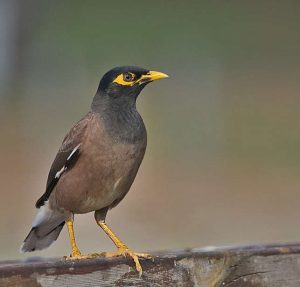
A common myna, one of the 100 of the World’s Worst Invasive Alien Species. Photo: Baruch Ellert
The common myna was important to Israel as an ornamental bird that was supposed to be kept in cages, but in the 1990s a few individuals probably escaped or were released from cages in Ganey Yehoshua in the heart of Tel Aviv, and the rest is history. The mynas have established successfully in Israel in both cities and rural settlements, and have a strong impact on local species. Furthermore, because of their territorial aggression they have also been observed attacking humans and pets in urban areas.
So What Do We Do?
The best and most effective way to fight invasive species is to prevent their arrival to new places. Usually, once an invasive species has established itself it’s very hard to stop it from spreading due to the absence of natural predators and its high reproductive rate.
Another way to fight invasive species is to keep the ecosystem strong, with high diversity of local species that can slow down, or even prevent, the spread of invasive species. In general, invasive species reproduce better in places with similar conditions to their original habitat; therefore, even growing local vegetation in private gardens and reinforcing the local flora and fauna can contribute to hindering the rate of spread of invasive species in Israel.
Have you found an unfamiliar species of plant or animal in nature? Report to the Nature and Parks Authority hotline, *3639, and maybe you’ll be able to prevent the invasion of another species.


